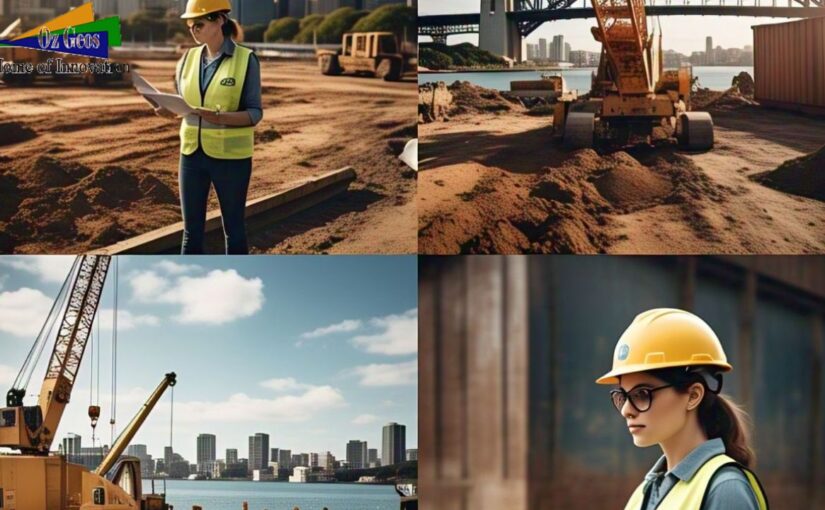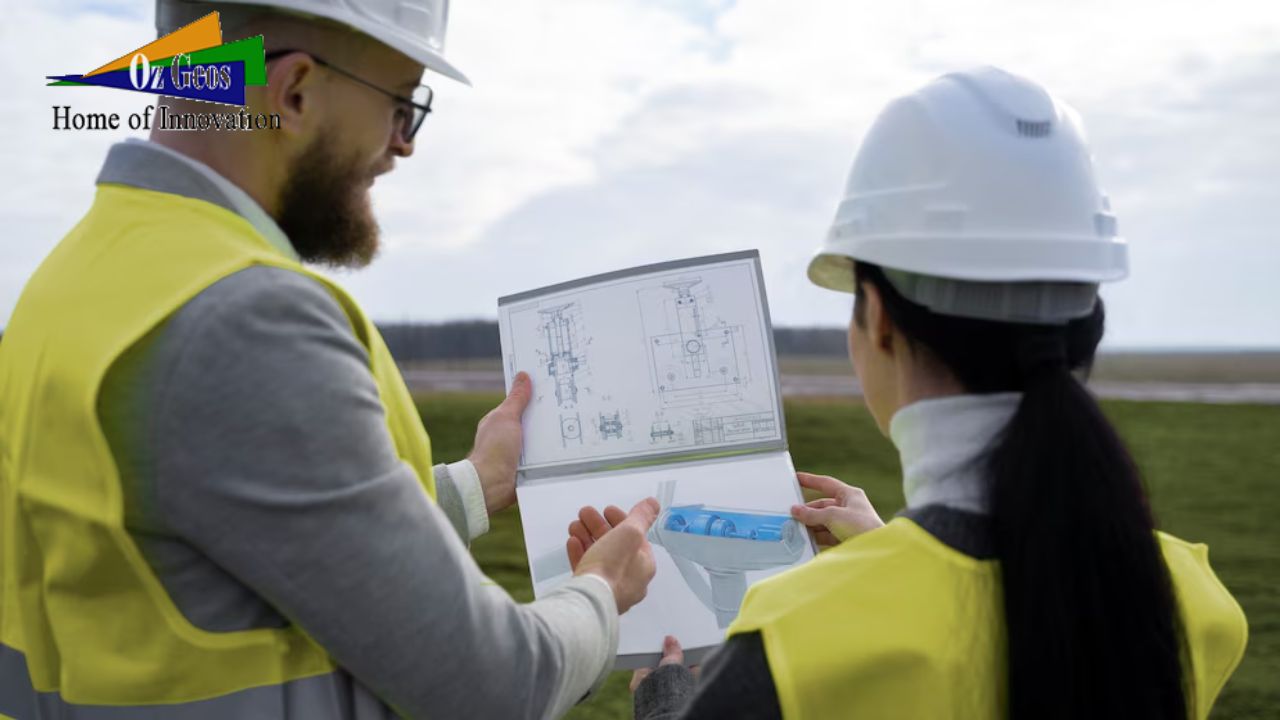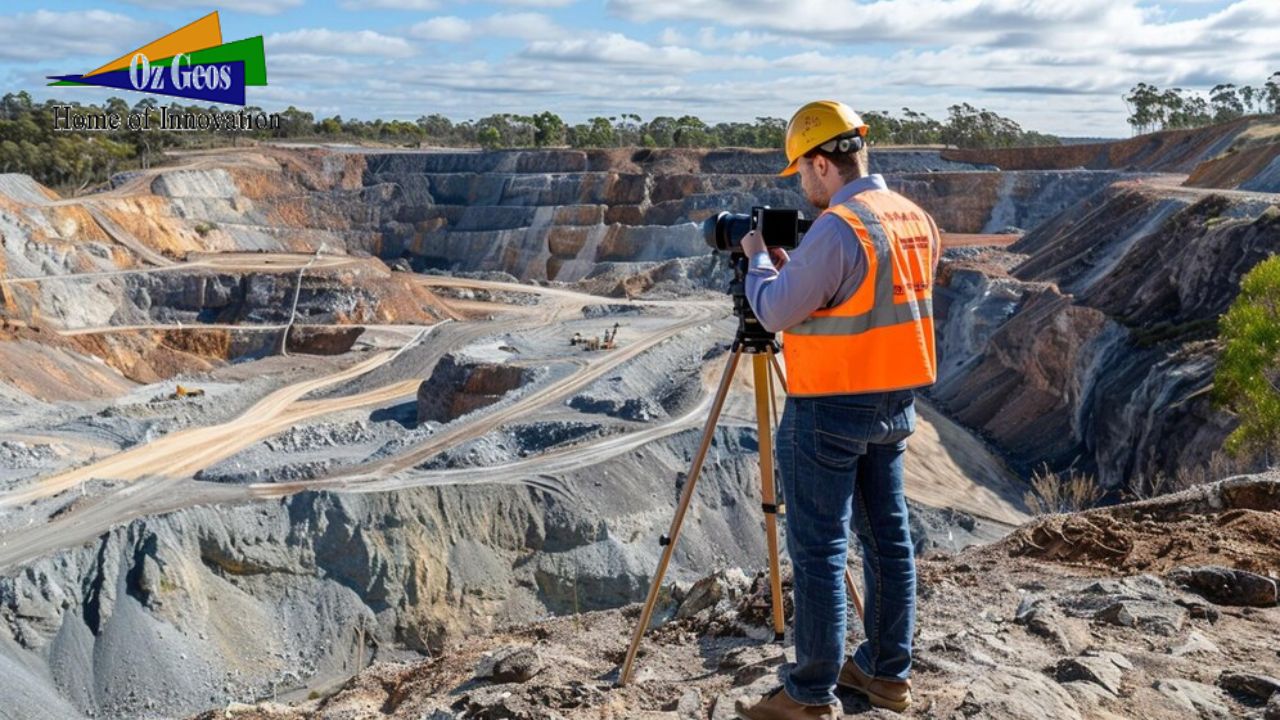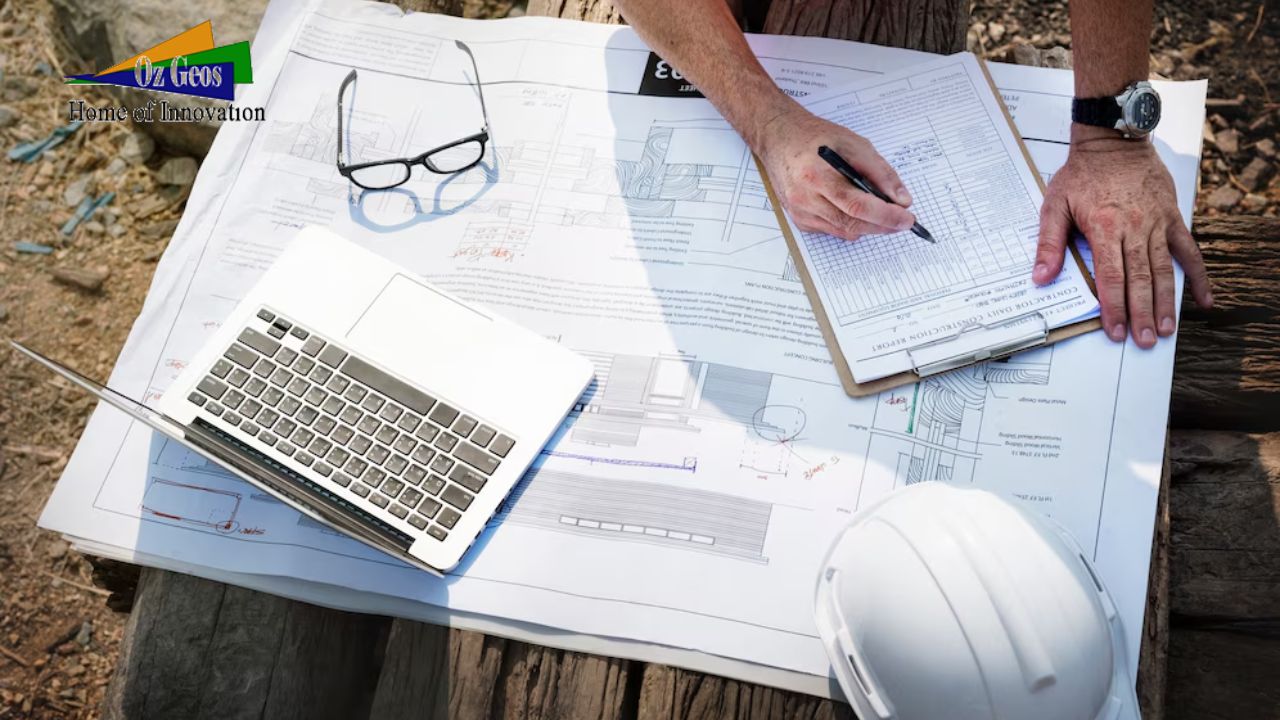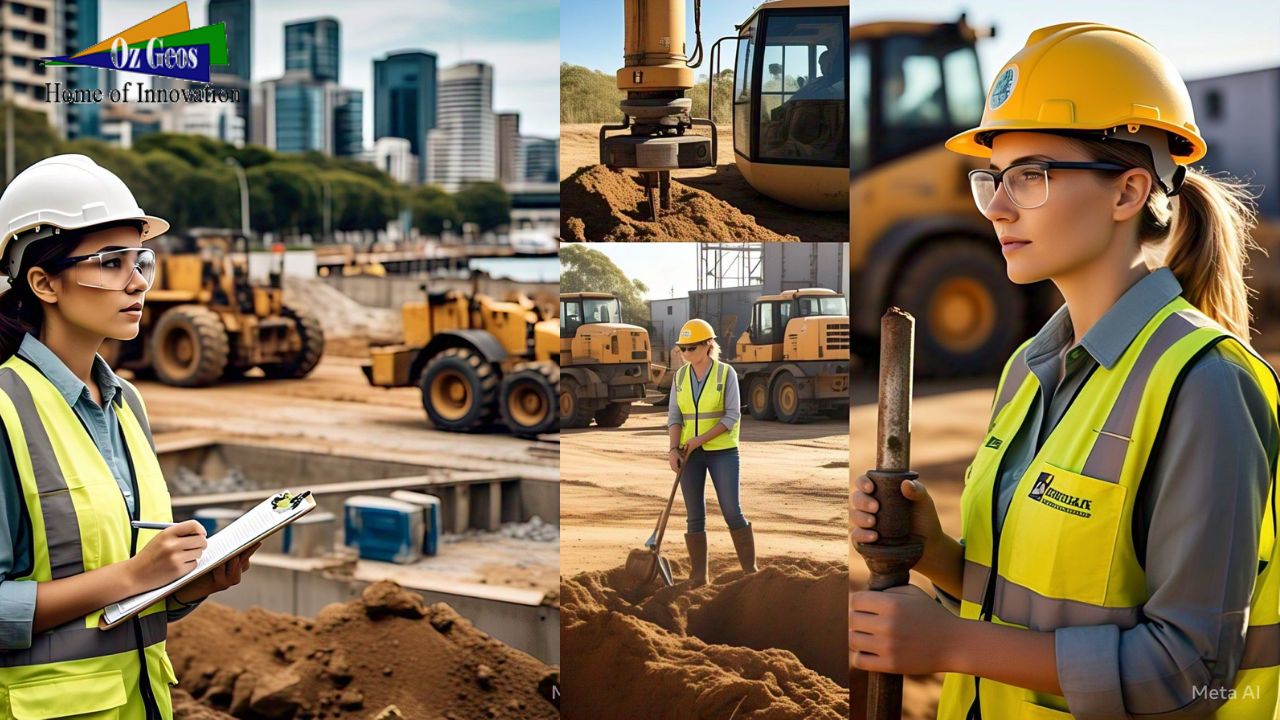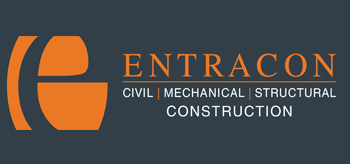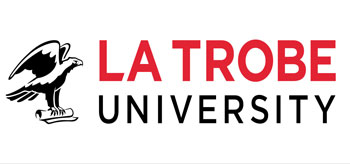How Soil Conditions Affect Building Foundations in Sydney vs. Melbourne
When constructing a building, understanding the soil conditions is crucial for ensuring a stable and durable foundation. Sydney and Melbourne, Australia’s two largest cities, have distinct geological characteristics that can significantly impact the way foundations are designed and constructed. In this article, we’ll explore the key differences in soil conditions between these cities and how they affect building foundations.
Soil Conditions in Sydney
Sydney’s geology is primarily dominated by sandstone and shale. The Hawkesbury Sandstone formation, which underlies much of the city, provides a relatively stable base for construction. However, some areas feature clay-rich soils, which can present challenges for foundation design.
Impact on Foundations:
- Stable Bedrock: Buildings constructed on Sydney’s sandstone benefit from a strong and stable foundation, reducing the risk of differential settlement.
- Clayey and Alluvial Soils: Some low-lying areas, particularly near riverbanks and reclaimed land, contain expansive clays that shrink and swell with moisture changes, leading to potential foundation movement.
- Rock Excavation Costs: While sandstone provides excellent support, it is also difficult to excavate, increasing construction costs in some areas.
Soil Conditions in Melbourne
Melbourne’s soil conditions vary significantly across the metropolitan area. The city sits on a mix of volcanic basalts, clay-rich sediments, and silty alluvium, creating challenges for foundation engineering.
Impact on Foundations:
- Reactive Clay Soils: A significant portion of Melbourne, particularly in the western suburbs, is underlain by highly reactive basaltic clay soils, which expand and contract with moisture fluctuations, leading to foundation movement and cracking.
- Soft and Silty Soils: Coastal and riverbank areas, such as those near Port Phillip Bay, contain soft silty soils that require deep piling or specialized foundation techniques to provide stability.
- Volcanic Basalt: Some areas feature solid basalt rock, which, like Sydney’s sandstone, can be difficult to excavate but provides a firm foundation base once prepared.
Foundation Design Considerations
Due to the differing soil conditions in Sydney and Melbourne, engineers must adapt foundation designs accordingly:
- Sydney: Shallow footings are generally suitable for buildings on stable sandstone, while deeper piers or raft foundations may be needed in clay-rich areas.
- Melbourne: Due to reactive clays, waffle slabs and deep pier foundations are commonly used to mitigate ground movement, especially in suburban areas with expansive soils.
- Geotechnical Investigations: Site-specific soil testing is essential before construction to determine the best foundation approach and mitigate potential risks.
Conclusion
While both Sydney and Melbourne present unique challenges in terms of soil conditions, proper geotechnical assessments and tailored foundation designs can help ensure safe and long-lasting buildings. Builders, engineers, and developers should always consult with geotechnical experts to understand the ground conditions and choose the right foundation solutions for each project.
At OzGeos, we specialize in geotechnical and structural engineering solutions tailored to Australia’s diverse soil conditions. Contact us today to ensure your next project has the solid foundation it needs to stand the test of time.

